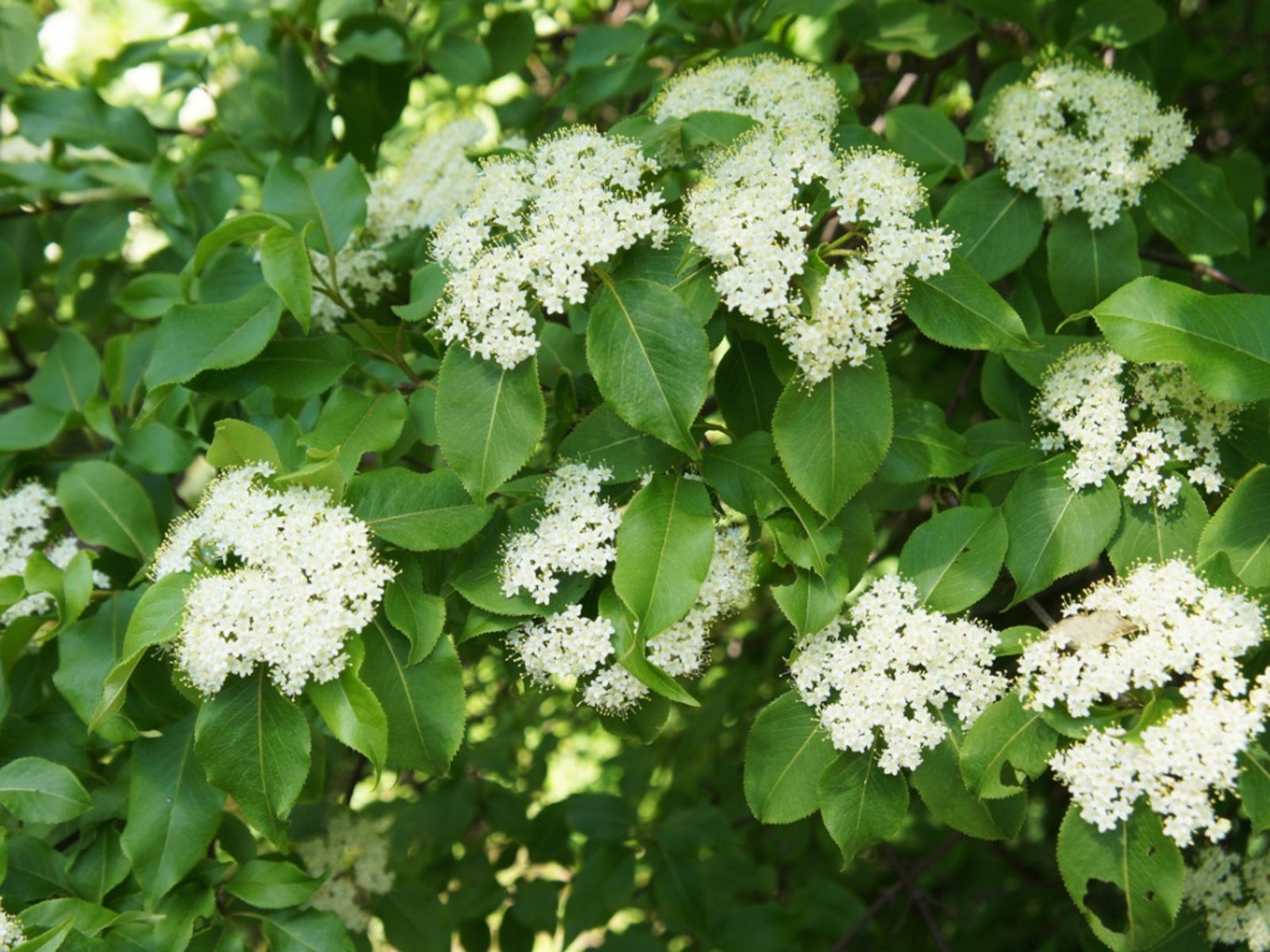Blackhaw Tree Facts – Learn About Growing A Blackhaw Viburnum


Wildlife will thank you if you plant Blackhaw, a small, dense tree with both spring flowers and autumn fruit. You’ll also get a joyful jolt of vibrant autumn color. Read on for Blackhaw tree facts as well as tips on growing a Blackhaw viburnum.
Blackhaw Tree Facts
Blackhaw tree facts suggest that this “tree” grows naturally as a large shrub, since Blackhaw viburnum trees (Viburnum prunifolium) don’t generally grow taller than 15 feet high. The plants, though small, offer a nice mix of blossoms, berries and fall foliage display. Slow-growing Blackhaw can spread to some 12 feet. Grown with multiple leaders, they serve as shrubs with dense foliage, perfect for screens or hedges. Prune your Blackhaw to grow with only one leader if you prefer a small tree. When you read up on Blackhaw tree facts, you learn how attractive the plant can be. The Blackhaw viburnum tree’s leaves are dark green, finely toothed and glossy. They are attractive all summer long. In May or June, the trees offer showy white flowers in flat-topped cymes. These clusters last about two weeks and attract butterflies. The flowers are followed by blue-black, berry-like drupes. This fruit often lasts well into winter, providing sought-after food for birds and small mammals. Gardeners can eat the fruits fresh or in jams too.
Growing a Blackhaw Viburnum
Once you’ve read up on Blackhaw tree facts, you may decide to start growing a Blackhaw viburnum. Your first step toward good Blackhaw viburnum care is to select an appropriate planting location. This is a shrub that grows in most cool and mild areas of the country. It thrives in U.S. Department of Agriculture plant hardiness zones 3 through 9. Position your new Blackhaw viburnum tree so that it gets at least four hours of direct sun a day. When it comes to soil, the Blackhaw isn’t particular as long as it has good drainage. It accepts loam and sand, and grows in both acidic and alkaline soil. When you are growing a Blackhaw viburnum in an appropriate location, it’s a very low-maintenance plant. Blackhaw viburnum care is minimal. Blackhaws tolerate drought once their roots are established. That said, Blackhaw viburnum care includes regular irrigation for the first growing season. If you are growing a Blackhaw viburnum as a specimen tree, you’ll need to prune off all leaders but the strongest. Prune this deciduous tree immediately after flowering in spring. The plant sets flowers in summer for the following growing season.
Sign up for the Gardening Know How newsletter today and receive a free copy of our e-book "How to Grow Delicious Tomatoes".

Teo Spengler is a master gardener and a docent at the San Francisco Botanical Garden, where she hosts public tours. She has studied horticulture and written about nature, trees, plants, and gardening for more than two decades, following a career as an attorney and legal writer. Her extended family includes some 30 houseplants and hundreds of outdoor plants, including 250 trees, which are her main passion. Spengler currently splits her life between San Francisco and the French Basque Country, though she was raised in Alaska, giving her experience of gardening in a range of climates.